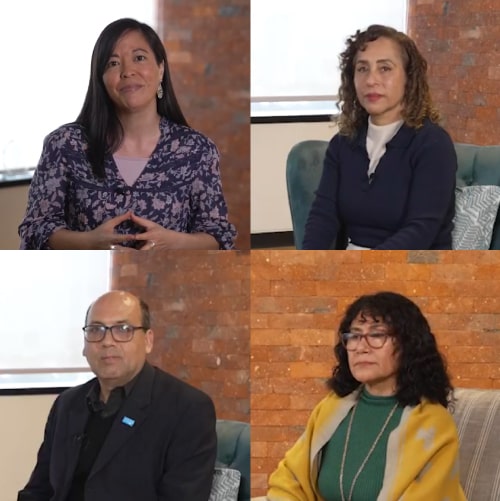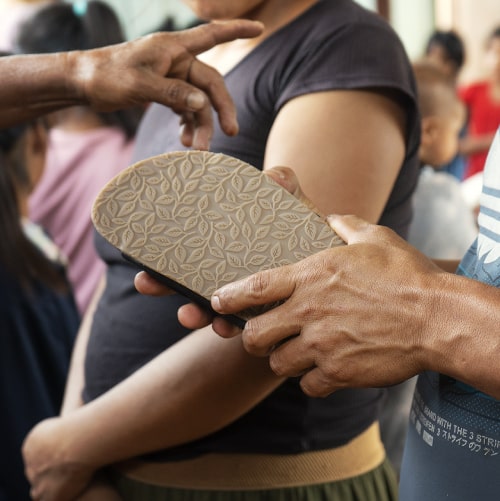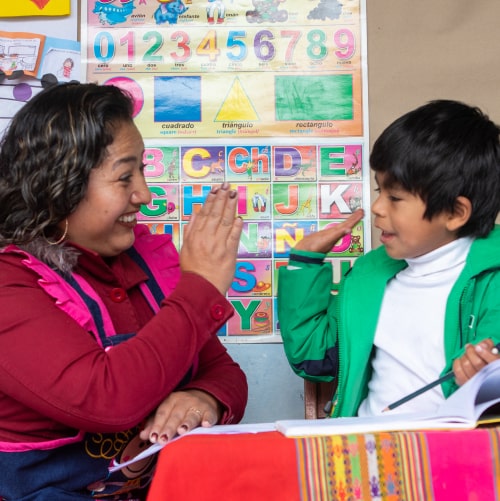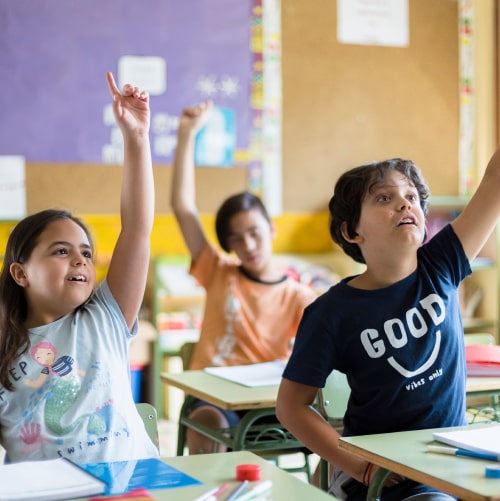- The deepening and improvement of the well ensured the source of water for the school during the months when the rivers are at their minimum flow, due mainly to drought.
- For the students and teachers at the school, and for the community of Huandar in general, this project has meant better health and quality of life.
As part of the collaborative alliance that the Wiese Foundation has with the Wiñaypaq Education Association, the decision was made to take the necessary actions to definitively resolve the problems of lack of water that plague the school – managed by the Association – during low water (the lowest level or minimum flow that the aquifers, rivers, and lakes reach during times of drought).
To achieve this, the Wiese Foundation contracted the services of Adra Peru, its strategic ally. Both institutions carried out the project “IMPROVEMENT OF THE CAPACITY OF THE WATER WELL AT IEP WIÑAYPAQ”, which had the goal of deepening and reconditioning the water well for the school to ensure it would have the required capacity of water during all the months of the year.
Who benefits, and in what way?

The project has meant the promotion of better sanitary conditions and the improvement of the quality of life for all the students and teachers at the school.
Now, thanks to this initiative, Wiñaypaq School can use water from the Vilcanota River, which will be drawn constantly through the improved well, to see to routine maintenance and cleaning tasks, reserving the scarce amount of water obtained from springs located in the high zones exclusively for drinking.
In this way, the project carried out at the well has also contributed to freeing up a greater quantity of water from the spring for drinking water for all the residents of Huandar.

What did the work at the well consist of?
The project was carried out from August 21 to September 9, 2022, during which different tasks were performed to achieve the deepening and improvement of the well’s installations.

A depth of 1.20 meters was achieved, through the breaking and controlled blasting of the rock present at the bottom of the well; the well’s profile was also improved. The specialists stated that, at this depth, the water pump will function constantly, in an optimal manner, during times of low water. Improvements were also made to the internal infrastructure of the well, and a metallic cover was placed over it for safety. All of these activities were performed under strict health and safety measures (SST), aligned with the Wiese Foundation’s standards.

Learn more about the collaborative alliance between the Wiese Foundation and the Wiñaypaq Education Association here.









